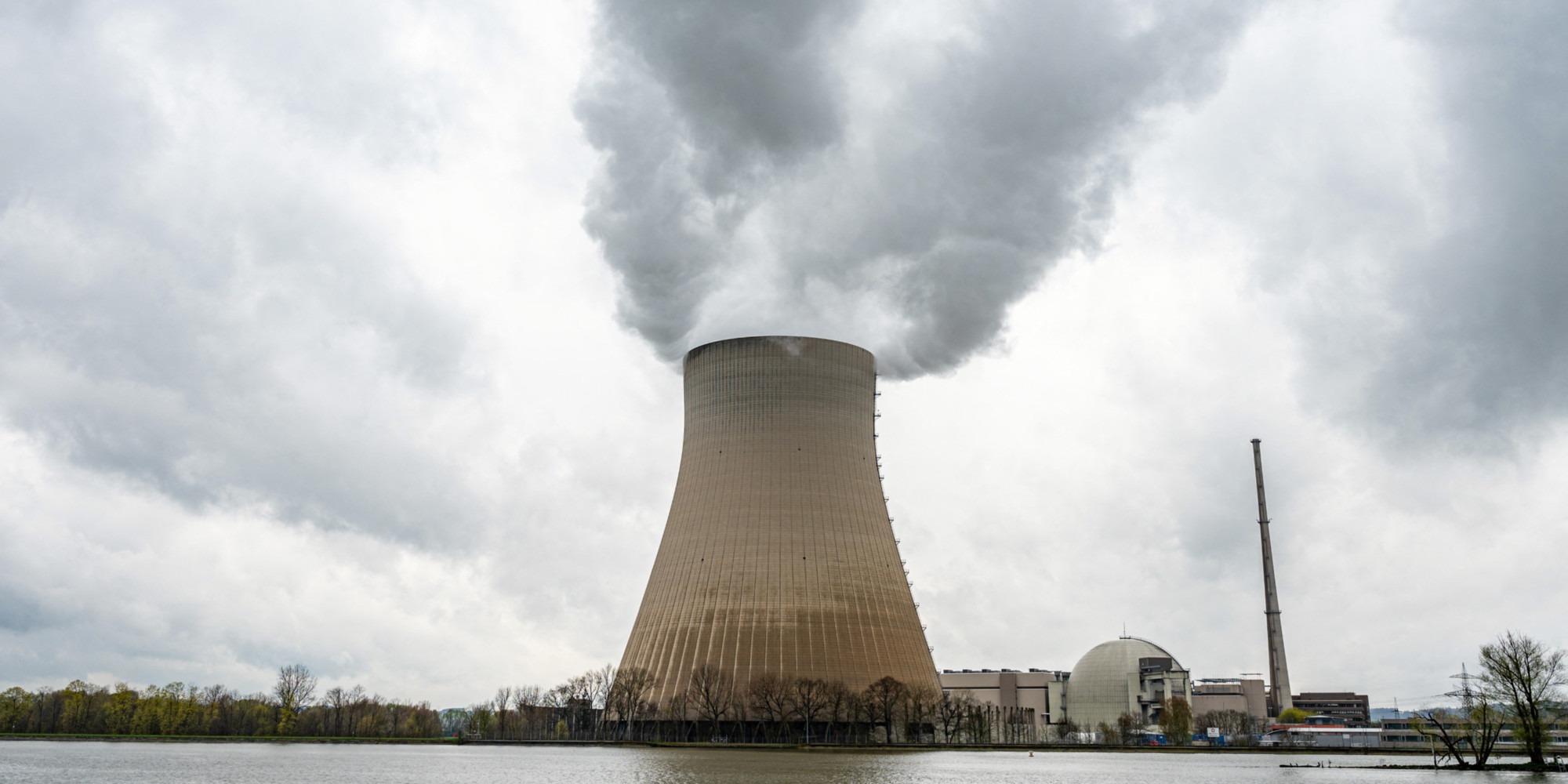Doubling the rate of deployment of solar energy, widely deploying offshore wind power, relaunching nuclear power: the government made public its energy strategy on Tuesday evening, intended to “get France out of its dependence on fossil fuels”. This “French Strategy for Energy and Climate” (SFEC), a 102-page document, will be submitted for public consultation from Wednesday until December 15. Its main features were known since the speech on energy delivered in February 2022 in Belfort by Emmanuel Macron.
Reduce our energy consumption by 40 to 50% in 2050 compared to 2021
This strategy will be integrated into a “law on energy production” expected next year. Its objective: “To get France out of its dependence on fossil fuels”, the country’s final energy consumption being today made up of 37% oil and 21% gas, and to aim for “a more sober, more efficient and almost entirely supplied with low-carbon energy produced and controlled on our soil. This will involve reducing our energy consumption by 40 to 50% in 2050 compared to 2021 (-30% in 2030 compared to 2012), via energy sobriety and efficiency.
On the nuclear front, “all reactors will be kept in operation as long as safety requirements are strictly respected and while seeking power gains where possible”, with in parallel the launch of a new nuclear reactor program ( six then eight EPR2). It will also be necessary to “massify the production of all renewable energies”. Starting with offshore wind power, to the tune of 18 GW in 2035 (i.e. around thirty parks like the one off Saint-Nazaire, the only one currently in service in France).
Investing in “repowering”
Photovoltaic solar energy will have to double its annual rate of new capacities, to reach more than 75 GW in 2035 in the central scenario (with the possibility of reinforced ambitions). Onshore wind power, which the president wanted to slow down, would ultimately keep its current pace, and would see its capacities double, to 40 GW in 2035. The government, however, calls for “a balanced distribution” and to invest in “repowering”, which that is to say the replacement of old wind turbines with new, more powerful ones.
Biogas capacities would also be multiplied by 5 by 2030, to 50 TWh. “The transformation to be undertaken in the next three decades is of a magnitude comparable to that of the first industrial revolution (…) to achieve our climate objectives and ensure our energy sovereignty”, comments the Minister of Energy Transition in this document. , Agnès Pannier-Runacher. The law on Energy Production should arrive in the Council of Ministers at the end of January-beginning of February 2024. The “multi-year energy programming”, describing these major orientations by five-year periods, will also be the subject of an upcoming decree.
